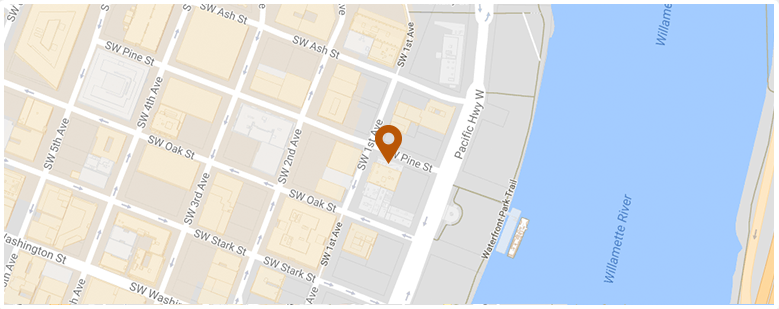As the nation settles in for another football-filled fall weekend many of the sport’s fans are focusing on new enforcement measures announced by the NFL in the last few days. The league wants to contain the damage being caused by violent, potentially catastrophic, hits. As has been reported just about everywhere, an unusually large number of stomach-churning plays last week led the league to issue fines, threaten suspensions and warn players that enforcement of the sport’s existing rules is going to be tougher from now on.
But as a pair of articles published at opposite ends of the country this week remind us, the dangers of traumatic brain injuries, spinal cord injuries, concussions or other serious injuries faced by high school, middle school and youth players are, in some ways, far greater than those confronting the highly-trained, closely monitored athletes of the NFL.
In a wide-ranging article published yesterday, the Los Angeles Times noted that, in Southern California, no baseline set of standards exists for medical care at high school football games. The article dramatically contrasts the situation at private schools that can afford to have a staff of as many as four athletic trainers and a doctor roaming the sidelines to that of poor public schools that make due with an ambulance parked at one end of the field. Such a situation, the paper notes, offers reassurance in the event of a catastrophic brain or spinal cord injury, but does little or nothing for players who suffer milder, harder to diagnose – and far more common – injuries, such as concussions.
Concussions, in turn, are the focus of the New York Times piece, which states bluntly that many parents may be putting far too much faith in the helmets their children wear when playing football. “Helmets both new and used are not – and never have been – tested against the forces believed to cause concussions,” the paper reports. It goes on to note that football helmets – standards for which have “not changed meaningfully” since they were first written in 1973 – are designed mainly “to withstand only the extremely high-level force that would otherwise fracture skulls.” Put another way, football helmets do relatively little to prevent the jarring injuries, such as concussions, which are increasingly being acknowledged as an issue at all levels of football.
These articles raise critical issues that Oregon parents need to consider when deciding whether to allow their children to play football or other sports. Oregon sports injuries can cause damage that permanently alters a child’s life. When such a tragedy occurs, an Oregon sport injury attorney can provide essential counsel to parents considering the best way to achieve justice and restore balance to their family. A Portland traumatic brain and spinal cord injury lawyer can be a traumatized family’s most important ally when school or sports officials fail to live up to their responsibilities to create a properly safe sports environment here in Oregon.
New York Times: As injuries rise, scant oversight of helmet safety
Los Angeles Times: High school football’s medical tightrope
 Oregon Injury Lawyer Blog
Oregon Injury Lawyer Blog


